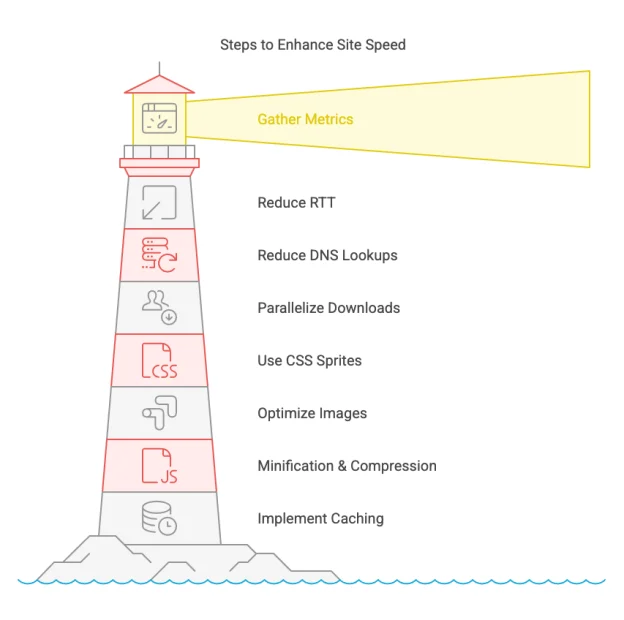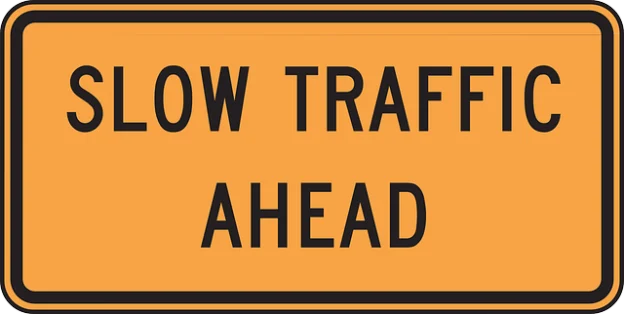Many sites around the web have taken a hit with their traffic numbers because of Google’s recent Panda and Penguin updates, and it would be hard to argue that this is in any way positive. But, if we put these causes for traffic loss aside, there is another factor that is of concern to SEOs and webmasters.
Even if algorithm changes haven’t caused traffic drops, things have changed. Google’s recent push to personalize search results has made something almost impossible. It’s now very hard to predict what a specific user’s SERP will look like with any certainty.
All the SEO in the world won’t help drive traffic. This is true if Google decides something. They might use a user’s browsing, search, and social media data. Based on this, they might think a user wants something unrelated to your site. This could happen even if the user enters seemingly relevant search terms.
(more…)








